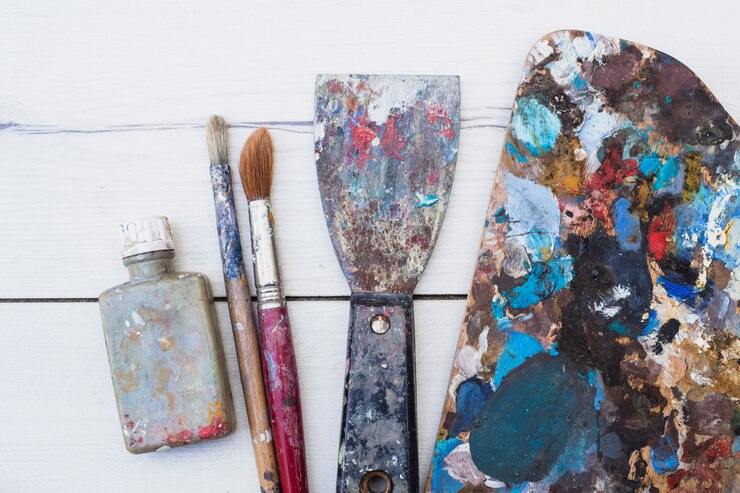
Introduction:
Drawing is a skill that many people admire and aspire to master. Whether you’re an aspiring artist or someone who wants to improve their artistic abilities, understanding the core concepts of better drawings is essential. In this comprehensive guide, we will explore the better drawings core concepts and techniques that can help you create artwork that truly stands out. This article is designed to align with SEO Yoast rules, ensuring it is both informative and optimized for search engines.
Why Mastering Better Drawings Core Concepts is Important
To become a proficient artist, mastering the better drawings core concepts is crucial. These fundamental principles serve as the foundation for all forms of visual art. By understanding and applying these concepts, you can enhance your ability to create realistic, expressive, and captivating drawings.
Focus on Observation and Perception for Better Drawings
One of the most important aspects of better drawings core concepts is observation. Before you start putting pencil to paper, take the time to observe your subject carefully. Pay attention to details, shapes, proportions, and the way light interacts with surfaces. By training your eye to see the world as an artist, you’ll be able to translate what you see into your drawings more accurately.
Understanding Proportion and Scale in Drawing
Proportion and scale are essential concepts in drawing that determine the relationship between different elements within a composition. To achieve accurate proportions, it’s important to compare the sizes of different parts of your subject relative to each other. For example, when drawing a portrait, consider the size of the eyes in relation to the nose and mouth. Practicing proportion and scale regularly will help you create more balanced and realistic drawings.
Mastering Line Quality and Contour for Better Drawings
Line quality is another core concept of better drawings. It refers to the way you use lines to define shapes, edges, and details in your drawing. Varying the thickness, darkness, and texture of your lines can add depth and interest to your work. Contour drawing, on the other hand, involves drawing the outline of a subject without lifting your pencil. This technique helps improve hand-eye coordination and enhances your ability to capture the essence of a subject.
Light and Shadow: A Core Concept in Better Drawings
Light and shadow play a significant role in creating the illusion of three-dimensionality in your drawings. By understanding how light interacts with objects, you can create realistic shading that adds depth and volume to your work. Practice shading techniques such as hatching, cross-hatching, and stippling to develop your ability to render light and shadow effectively.
Composition and Layout: Essential Core Concepts for Better Drawings
Composition refers to the arrangement of elements within a drawing. A well-composed drawing guides the viewer’s eye and creates a sense of harmony and balance. To improve your composition skills, experiment with different layouts, consider the rule of thirds, and use leading lines to direct attention to focal points. A strong composition is a fundamental aspect of the core concepts of better drawings and can elevate even the simplest of sketches.
Perspective and Depth in Better Drawings
Perspective is the technique used to represent three-dimensional objects on a two-dimensional surface. Understanding perspective allows you to create the illusion of depth and space in your drawings. Practice drawing objects from different angles, using techniques such as one-point, two-point, and three-point perspective to achieve realistic results.
The Importance of Practice in Mastering Better Drawings Core Concepts
Improving your drawing skills requires consistent practice and patience. Set aside time each day to practice the better drawings core concepts discussed in this guide. Whether you’re sketching simple objects or working on more complex compositions, the key is to keep challenging yourself and refining your techniques. Remember, progress takes time, and every drawing you create brings you one step closer to mastery.
Utilizing Reference Materials to Enhance Your Drawings
Using reference materials is a valuable tool for artists at all levels. References can provide you with inspiration, help you understand complex forms, and guide you in achieving accuracy. Whether you’re drawing from photographs, life, or other artworks, references can enhance your understanding of your subject and improve the quality of your drawings.
Experimenting with Different Mediums for Better Drawings
While this guide focuses on the core concepts of better drawings, it’s also important to explore different drawing mediums. Experimenting with pencils, charcoal, ink, and digital tools can help you discover new techniques and styles that resonate with you. Each medium has its unique characteristics, and by trying them out, you can expand your artistic repertoire.
Seeking Feedback and Continuous Learning in Drawing
Finally, seeking feedback from other artists and continuously learning is essential for growth. Join art communities, attend workshops, and engage with other artists online to gain new perspectives and insights. Constructive criticism can help you identify areas for improvement and inspire you to keep pushing your boundaries.
Conclusion: The Core Concepts for Better Drawings
Mastering the core concepts of better drawings is the key to becoming a skilled and confident artist. By focusing on observation, proportion, line quality, light and shadow, composition, perspective, and consistent practice, you can create drawings that truly express your artistic vision. Remember to be patient with yourself, experiment with different techniques, and seek out opportunities for learning and growth. Drawing is a journey, and with dedication and persistence, you’ll see your skills improve over time.